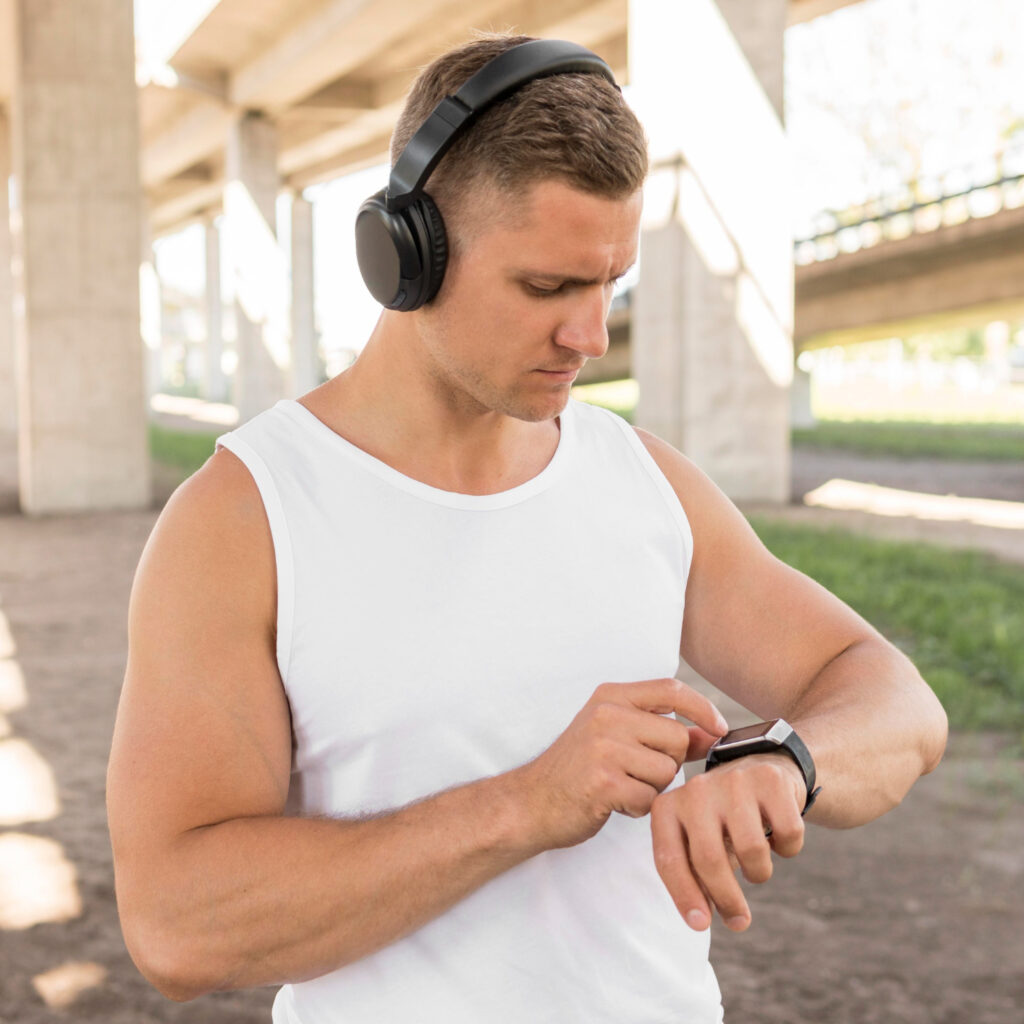
Injury prevention has long been a guessing game in sports — coaches watching for limp strides, athletes pushing through tight muscles, and trainers relying on subjective pain scales. But wearable technology is flipping that script. Today’s athletes are equipped with a suite of smart devices designed not just to track performance, but to flag the subtle red flags that often come just before injury strikes.
From motion-tracking suits and smart insoles to impact sensors embedded in helmets and shoulder pads, wearable tech is now a frontline defense against overuse, strain, and collision-related trauma. These tools deliver a steady stream of real-time data, giving teams and individuals the ability to catch biomechanical issues and fatigue patterns before they escalate into something more serious.
One of the most widely adopted applications is in contact sports, where helmet sensors track the frequency, location, and force of head impacts. This data allows medical staff to spot dangerous collision trends, even if the player hasn’t reported symptoms. Over time, these insights can help coaches modify drills or training intensity to reduce long-term brain health risks.
But injury prevention isn’t just about big hits. It’s also about the grind — those repetitive movements that gradually wear down joints, tendons, and ligaments. Wearables equipped with motion sensors and accelerometers can monitor an athlete’s gait, limb angles, and load distribution in real time. If, for instance, a runner’s stride begins to favor one leg due to early fatigue, the system can flag the imbalance. That information might lead to a technique correction, a change in workload, or even a day off — steps that can prevent a strain from becoming a tear.
Smart garments are also gaining traction, especially in elite environments. These compression-like suits embed stretch sensors and EMG (electromyography) systems directly into the fabric, offering a live map of muscle activity and joint stress. That level of detail helps identify inefficiencies and overcompensation patterns that often precede injuries.
Even recovery protocols are evolving. Athletes now wear devices that track heart rate variability, sleep quality, and body temperature — metrics that signal readiness to train or cues to dial it back. Overtraining syndrome, once difficult to catch until it was too late, can now be spotted earlier with clear biometric trends.
The cumulative impact of these tools is clear: faster responses, smarter training decisions, and fewer days lost to injury. And as machine learning continues to refine what “normal” looks like for each individual, wearables are getting even better at spotting when something’s off.
What was once a reactive part of sports medicine is now becoming proactive. Wearables are empowering athletes to stay ahead of injury, not just by treating pain when it happens, but by spotting the moments when pain is about to begin. It’s a shift from treating setbacks to preventing them, and for athletes, that’s a game-changer in itself.

Lorem ipsum dolor sit amet, consectetur adipiscing elit. Ut elit tellus, luctus nec ullamcorper mattis, pulvinar dapibus leo.
Lorem ipsum dolor sit amet, consectetur adipiscing elit. Ut elit tellus, luctus nec ullamcorper mattis, pulvinar dapibus leo.